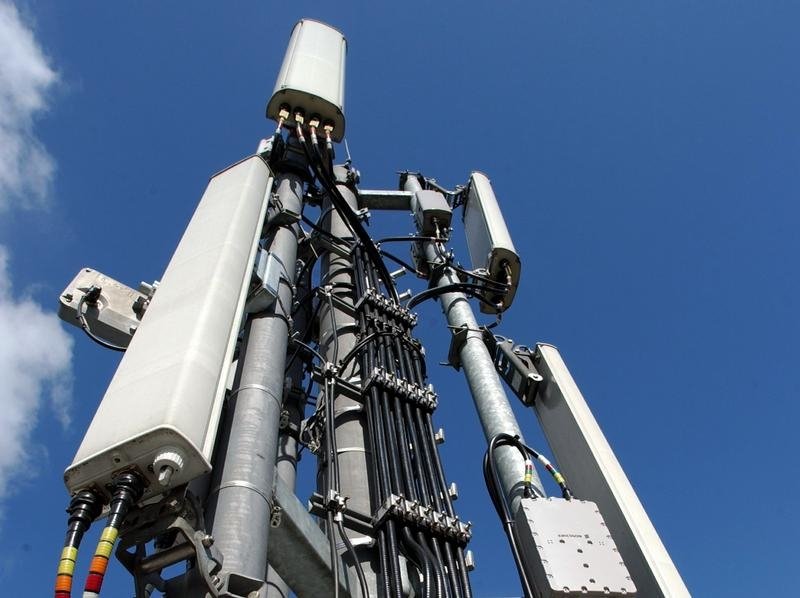Vodafone activates the LTE-M network for IoT devices
Source: Heise.de added 30th Dec 2020Vodafone has expanded its network to include the LTE-M standard. The technology for the Internet of Things is now available on more than 18 percent of the area of Germany, the telecommunications company announced on Tuesday. “LTE-M is the next component in our network so that people, machines and sensors can communicate with each other at any place and at any time,” said Chief Technology Officer Gerhard Mack.
From Narrowband IoT to 5G In the Vodafone network, LTE-M represents one of four Building blocks. Machines and sensors should use it to communicate with people, for example in industry. Factory workers, for example, could control production machines with voice instructions, advertises Vodafone. However, private customers should also be able to use LTE-M, for example with fitness trackers, smart watches and smart home devices. Fitness trackers could, for example, automatically send an emergency call in the event of a fall.
In addition to LTE-M, Vodafone also offers the Narrowband IoT machine network, which is intended to ensure communication from machine to machine or from sensor to sensor. Smartphones and other mobile devices communicate via the better-known networks, LTE and 5G.
Similar to Narrowband IoT, LTE-M transmits on the low 800 – Megahertz frequencies with a long range. Underground garages, cellars or industrial halls should also be covered. Unlike Narrowband IoT, LTE-M does not rely on a fixed location, but uses the so-called handover. If the IoT object moves, the data is transferred from cell phone station to cell phone station. This means that the network is also suitable, for example, for tracking sensors on parcels, explains Vodafone.
LTE-M lines up as one of four modules with different specifications and transmission rates into the Vodafone network.
(Image: Vodafone)
Limited Bandwidth The maximum bandwidth of LTE-M is two MBit per second, which according to Vodafone is usually sufficient for data transfer from sensors. For applications with large amounts of data such as augmented reality, however, 5G should be used, with bandwidths of up to one GBit per second.
According to the company, technicians have more than to expand at Vodafone. . 000 Cellular stations modernized. Business customers can now use the network throughout Germany. Deutsche Telekom has already put its LTE-M network into operation in the middle 2020. (akr)
brands: cellular Chief Mobile other Reality Smart Telekom Vodafone media: Heise.de keywords: 5G Fitness Internet Mobile Phone Sensor
Related posts
Notice: Undefined variable: all_related in /var/www/vhosts/rondea.com/httpdocs/wp-content/themes/rondea-2-0/single-article.php on line 88
Notice: Undefined variable: all_related in /var/www/vhosts/rondea.com/httpdocs/wp-content/themes/rondea-2-0/single-article.php on line 88
Related Products
Notice: Undefined variable: all_related in /var/www/vhosts/rondea.com/httpdocs/wp-content/themes/rondea-2-0/single-article.php on line 91
Warning: Invalid argument supplied for foreach() in /var/www/vhosts/rondea.com/httpdocs/wp-content/themes/rondea-2-0/single-article.php on line 91
